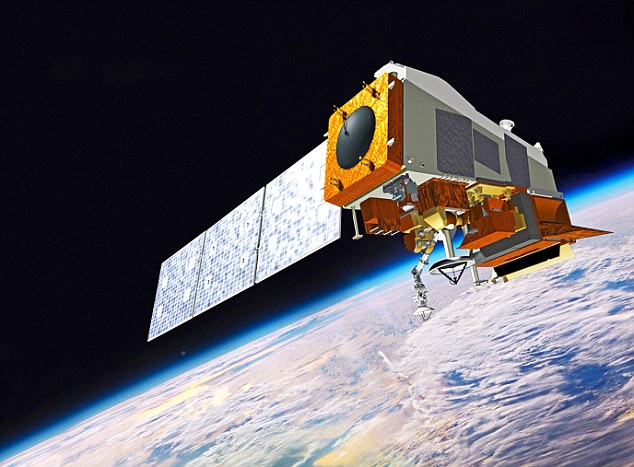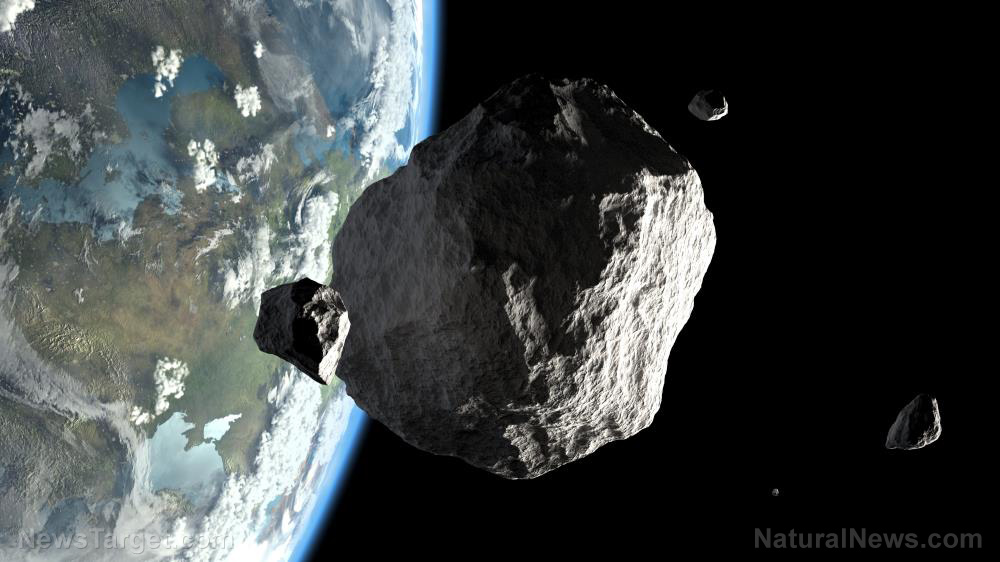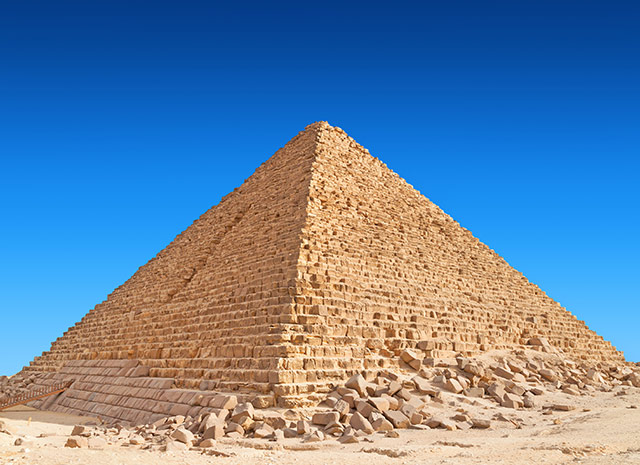
In just a few weeks, the National Aeronautics and Space Administration (NASA) will be making history as it attempts to collect its first rock samples from an asteroid.
The autonomous spacecraft OSIRIS-REx will be touching down briefly on the asteroid Bennu on Oct. 20. Through its robotic arm, it will scoop rocks on the landing site Nightingale, a 52-foot rocky area in Bennu’s northern hemisphere. If all goes according to plan, the samples will be returned to Earth on Sept. 24, 2023.
The feat has only been done by the Japan Aerospace Exploration Agency. If the OSIRIS-REx mission is successful, it will be the first time the United States has collected asteroid samples. But the mission isn't going to be easy. If things go slightly amiss, OSIRIS-REx will likely find itself into dangerous territory.
Three complex maneuvers to collect asteroid samples
Though Nightingale has been chosen partly because it's one of the clearest areas on Bennu, enormous boulders surround the site, leaving only a small spot for OSIRIS-REx to hover aboveground. The spacecraft will have to autonomously descend into Nightingale as manual landing is impossible; Bennu sits about 207 million miles away from Earth, which means it takes about 18.5 minutes for signals to travel between the spacecraft and NASA's headquarters.
The 4.5-hour touchdown will be divided into three distinct maneuvers. During the first sequence, the spacecraft will fire its thrusters to take it out of orbit around 2,500 feet above Bennu. It will unfurl its robotic sampling arm, called the Touch-And-Go Sample Acquisition Mechanism (TAGSAM). The spacecraft's solar panels will move into a Y-wing orientation above the spacecraft in order to avoid coming into contact with the asteroid. The TAGSAM collector head is the only part of OSIRIS-REx that will touch Bennu's surface.
After its painstaking four-hour descent, the spacecraft performs the "checkpoint" maneuver at an approximate altitude of 410 feet. The gradual decline will be replaced with a steeper and faster downward approach after another blast from the thrusters.
During the final sequence called the "matchpoint" maneuver, the spacecraft will adjust its position 177 feet above the landing site and try to match the asteroid's rotation before the sample collection commences. Once it's properly aligned, the spacecraft will hover near the surface for no more than 16 seconds. An onboard nitrogen bottle will be fired to fling up debris from Bennu's surface. The collector head will attempt to catch some of this debris before firing its thrusters to relocate to a safe distance from the asteroid.
"Years of planning and hard work by this team are essentially coming down to putting the TAGSAM into contact with the surface for just five to 10 seconds," said Mike Moreau, the deputy project manager of the mission. (Related: NASA currently working on a conceptual manned mission to Venus.)
Does NASA have a back-up plan?
NASA targets to obtain two ounces of sample material and has developed two measures to verify if the sample collection is successful. The spacecraft's SamCam camera will capture images of the TAGSAM head on Oct. 22 to see whether it could gather any material. Thereafter, the spacecraft will conduct measurements on Oct. 24 to determine the mass of the collected samples.
If the material meets the target, it will be safely packaged up in the Sample Return Capsule for a trip to Earth. But if it's not enough, the OSIRIS-REx can go back to Bennu as the spacecraft has enough nitrogen charges for three attempts. This time, it will abandon Nightingale and conduct the sample collection at the back-up site, Osprey. NASA said that the second attempt would be conducted no earlier than January 2021.
But the agency is taking the necessary measures to ensure the success of the mission and prevent any potential hiccups. While OSIRIS-REx is autonomous throughout each maneuver, it will have to obtain the go-signal of NASA before proceeding with the touchdown. And to safely navigate the asteroid's terrain, it's equipped with the Natural Feature Tracking (NFT) navigation system that will point out potential hazards. If the spacecraft is on a course to touch any danger zones, it will abort the mission and NASA will have to attempt the collection again at a later date.
The OSIRIS-REx team has been on working the project for a long time, and if all goes well on the first try, scientists can finally proceed with studying the much-anticipated samples. Bennu -- believed to be nearly as old as the solar system -- may provide crucial insights into how planets formed and how life on Earth began.
Space.news has more on upcoming asteroid missions.
Sources include:
Please contact us for more information.




















